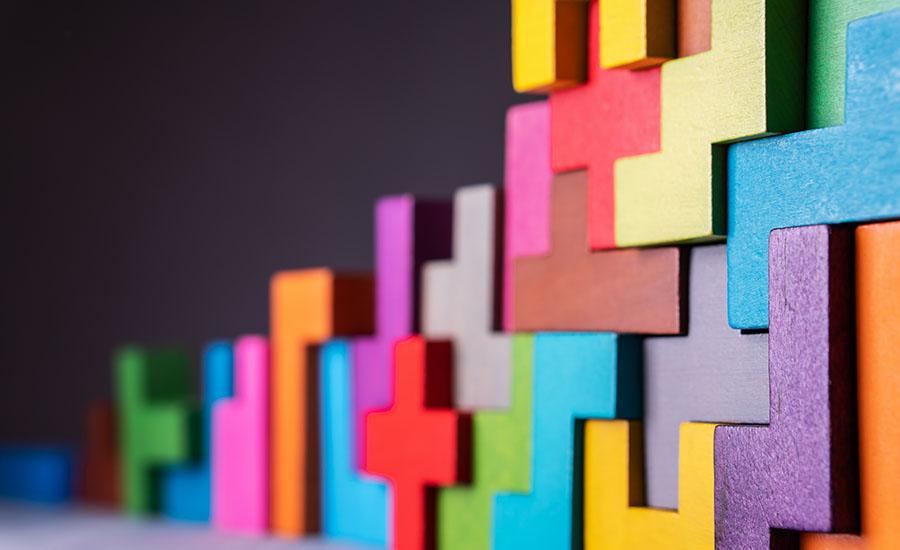
Creating Sustainable Solutions With Bioplastics Part 1
by Scott Milne
In this lesson students evaluate the advantages and disadvantages of conventional, petroleum-based plastics, bioplastics, and their different varieties. The lesson is driven by class/group research and discussion and ends with students creating an action plan for a plastic-based problem. As a group, students will learn about the costs, benefits and science behind conventional plastics and the ways in which bioplastic solutions may be used to address current problems with plastic pollution. Students are then asked to present their plan to the class and give/receive constructive feedback to and from their peers.
Lesson Plan Link/URL
https://docs.google.com/presentation/d/1rirThz48C07uXd_TMh2Z9tyxVZvKYNbt09DLRPE…Subject Area
Science Physical Science P1: Matter Technology 1. Empowered Learner 4. Innovative Designer 6. Creative Communicator Engineering S1: Engineering & Global Society S2: Apply the Engineering Design Process S6: Apply Communications to Engineering English Language Arts (ELA) Writing Speaking & Listening
Featured
Off
Related Content

Grades:
6th Grade, 7th Grade, 8th Grade, 9th Grade, 10th Grade, 11th Grade, 12th Grade
Are your students fans of Formula 1? If they are or aren't this lesson will take a look into the dominance of Red Bull Racing in Formula 1. Why is Red Bull so dominant? Is it the driver or the

Grades:
7th Grade, 8th Grade, 9th Grade, 10th Grade, 11th Grade, 12th Grade
This lesson is a whole unit on energy. It can be broken up into 10 separate lessons. I chose to put them all together so that it was easier to see how I organized them so you did not have to search

Grades:
8th Grade, 9th Grade, 10th Grade, 11th Grade, 12th Grade
A lesson designed for an engineering course but that can be used in a science course where we investigate the physics of waves and how it can be applied to the world of art. Students will design and